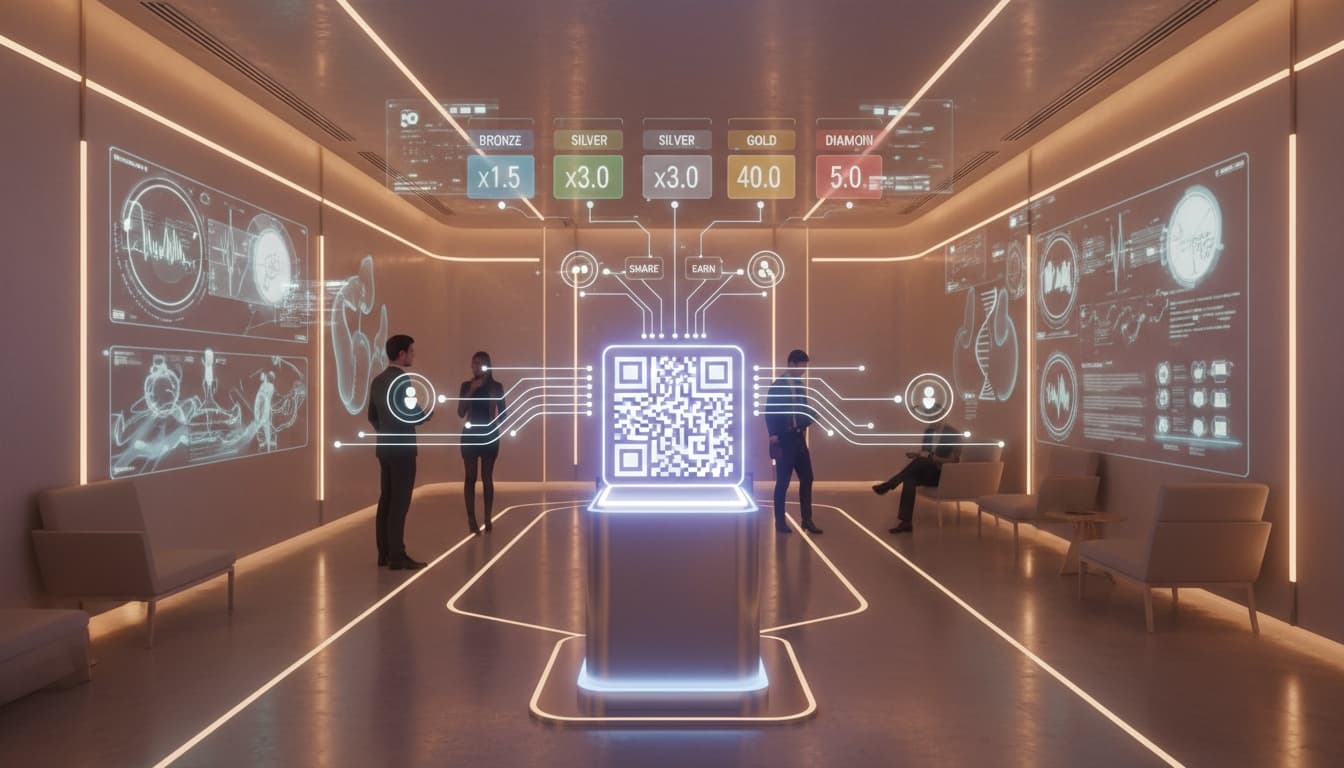Referral programs are one of the highest leverage growth tools for service businesses. Salons, gyms, clinics, spas, and wellness services grow faster and more profitably when clients invite others. Referred clients convert at higher rates, stay longer, and show stronger loyalty because they arrive with built in trust borrowed from the referrer.
This guide explains the best referral models for service businesses, how to use incentive structures, reward multipliers, social sharing, QR referral triggers, and simple tracking systems to create continuous inbound growth. You will also see real examples and data from high performing referral programs across different industries.
Turn satisfied clients into your growth engine
Use QR referrals, reward multipliers, and social sharing loops to attract new clients consistently.
Why referral programs work so well
Referral programs succeed because they use existing trust. When someone recommends a salon, gym class, or clinic, they transfer credibility. This shortens the decision cycle dramatically. Research shows referred clients convert 2 to 4 times better than cold leads and have 16 percent higher lifetime value.
For service businesses, referrals also reduce acquisition costs. Instead of constantly buying ads, you turn your happiest clients into ongoing ambassadors. The right incentive model multiplies this effect and makes sharing natural rather than forced.

Incentive models that work across salons, gyms, and clinics
The key to a strong referral program is an incentive that feels meaningful but still profitable. Incentives fall into four main categories.
1. Mutual reward: Both the referrer and the new client get something. This is the highest performing model. In salons, it might be a free hydration booster. In gyms, a free class. In clinics, free follow up content or assessments.
2. Tiered reward: The more people a client refers, the better the reward. This creates momentum and turns super fans into ambassadors.
3. Group reward: Clients receive bonus perks when they bring multiple friends at once, often used in gyms for classes or challenges.
4. Time limited reward: Special referral boosts during seasonal periods like January in gyms or holiday seasons in wellness services.
Use a system like VISU Link Ads to deliver dynamic referral pages that show personalized rewards.
Reward multipliers that increase participation
Reward multipliers transform a referral program from passive to viral. A multiplier increases the reward when certain behavior patterns occur.
Examples:
• Referring two friends increases the reward value.
• Referring within 72 hours unlocks a bonus.
• A streak of consecutive referrals boosts loyalty benefits.
Multipliers create urgency and gamify the experience, increasing participation dramatically. Service businesses that use them see 20 to 40 percent more referral activity.

Social sharing loops: make referrals effortless
Modern referral programs rely on loops that encourage one action to trigger another. When a client shares a link or QR code, the system should guide them smoothly into the next step.
Strong referral loops include:
• One click sharing to WhatsApp, Instagram, or SMS.
• Auto generated messages that clients can forward.
• Personalized referral pages with the client’s name.
• Visible progress and streaks for referrals.
These loops reduce friction and allow referrals to spread organically. The more natural sharing feels, the higher your referral volume.
QR referral triggers: the fastest way to share
QR referral triggers are one of the most efficient referral tools. They allow clients to refer others instantly by scanning during or after the service.
Effective placements:
• Salon mirrors: Refer a friend and get a bonus treatment.
• Gym exit doors: Bring a friend next time and earn streak points.
• Clinic waiting rooms: Refer someone who needs guidance.
• Reception counters: Scan to share your referral link.
QR referrals also connect well with offline marketing like flyers, bags, or loyalty cards. Using VISU QR Ads, you can turn each trigger into a dynamic referral page that shows real time reward updates.
How to track referral results
Tracking is essential for refining incentives and identifying your best ambassadors. You should monitor:
• Number of scans per referral QR.
• Number of shares per client.
• Conversion rate of referred clients.
• Frequency and cycle of repeat referrals.
• Lifetime value of referred clients compared to non referred ones.
Tracking helps you understand which incentives work and where to invest. With tools like VISU Push Ads, you can trigger rewards automatically based on referral actions.
Case examples across service industries
Salon example: A salon offers a referral bonus where both clients get a hair hydration upgrade. Referral participation rises by 38 percent because the reward is tangible and non discount based.
Gym example: A fitness studio creates a group referral model for classes. Members earn double streak points when bringing a friend to a high intensity session. This increases class attendance consistency and fuels viral loops.
Clinic example: A physiotherapy clinic adds QR referral cards to their post treatment flows. Patients scan and send personalized links to friends dealing with similar injuries. Because referrals are contextually relevant, conversions rise significantly.
How QR fueled referral systems create compounding growth
Referral systems grow faster when incentives and user experience align. QR codes remove friction, sharing loops boost reach, multipliers encourage momentum, and tracking systems optimize performance. Over time, referral driven growth becomes predictable and self reinforcing.
Businesses that master these layers see sustainable expansion without increasing acquisition costs, making referrals one of the most scalable growth channels for service providers.
Launch a high performing referral engine
Use QR triggers, sharing loops, and reward multipliers to bring in new clients consistently and sustainably.

